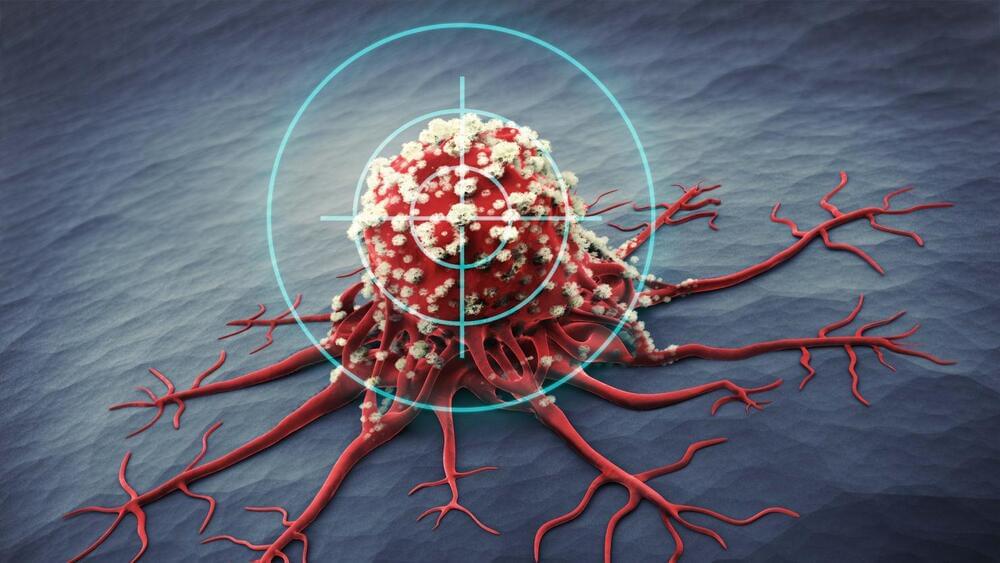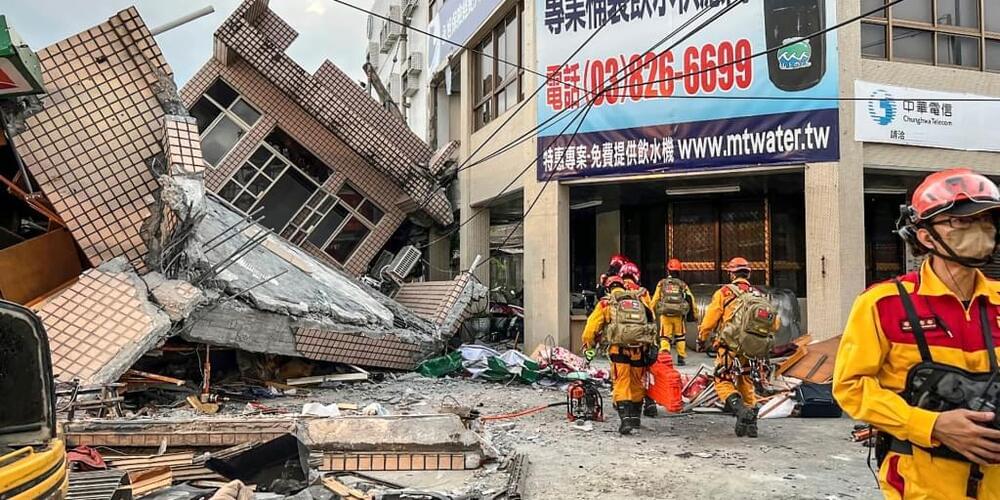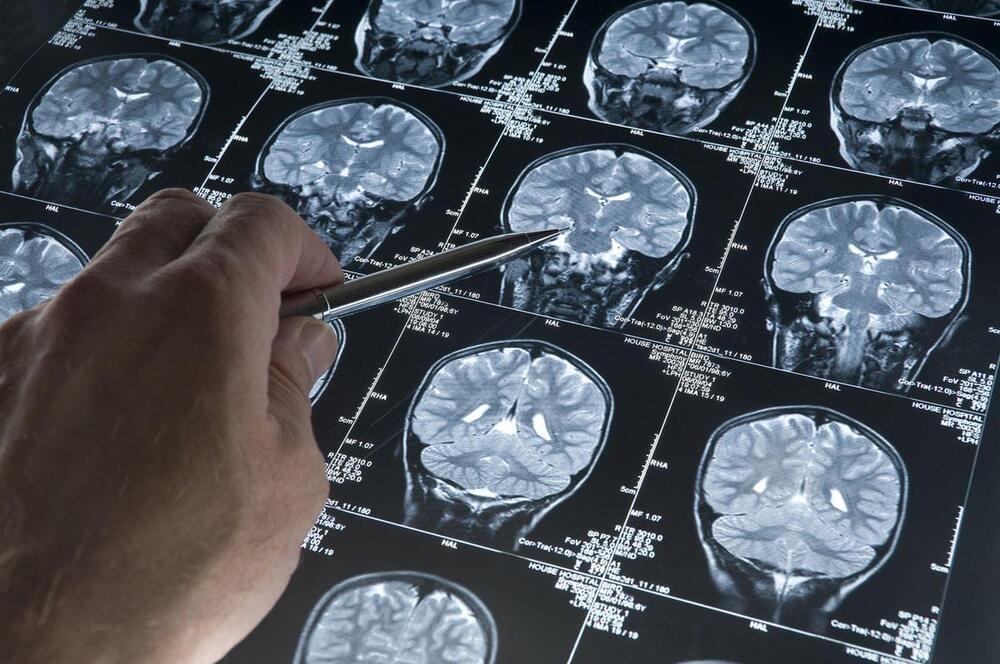The algorithm correctly associated a whoop bout with its hyena around 54 percent of the time.
Scientists from the University of Nebraska, Lincoln, U.S. have discovered that Hyenas’ whoops have specific signals unique to each individual animal.
The researchers determined that hyena whoops have specific characteristics that can be attributed to each individual animal by using machine learning on audio files collected from a field trip, according to a press release published by EurekAlert on Saturday.








